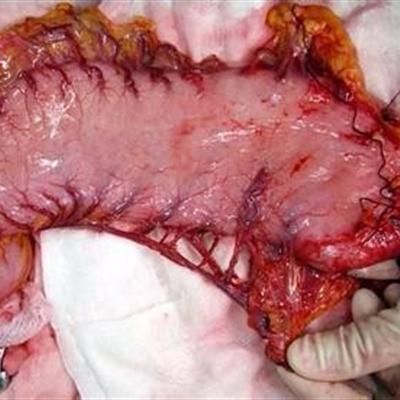Symptoms of malignant thyroid tumor?
summary
From the current point of view, thyroid tumor is one of the thyroid diseases, female patients, is a common tumor in the head and neck. Thyroid tumor can be divided into benign tumor and malignant tumor. Correct understanding of the symptoms of thyroid tumor will help patients find the disease, timely inspection and treatment, so we should pay attention to the symptoms of thyroid tumor.
Symptoms of malignant thyroid tumor?
Thyroid tumor appeared in the front of the neck in the middle of the mass, with swallowing activities, some patients with hoarseness and dysphagia, dyspnea. There are many kinds of thyroid tumors, including benign and malignant. Generally speaking, a single tumor with fast growth is more likely to be malignant

Thyroid tumor patients will appear neck pain, sense of urgency and other symptoms, the mass is generally irregular, poor activity, hard, unclear boundary, some patients in the early stage may also be accompanied by cervical lymph node enlargement, some patients can also appear facial flushing, diarrhea. The development of the mass to adjacent tissues and organs can also cause other adverse phenomena.

Most benign thyroid tumors have no obvious symptoms. The shape and size of the masses on the thyroid gland are different. Generally, they are round or oval, with smooth surface, good mobility and clear boundary. Some of the patients with large masses may have the phenomenon of compressing the trachea, causing the displacement of the trachea and esophagus. Sometimes because of bleeding in the mass, the tumor will suddenly increase, accompanied by local pain.

matters needing attention
Malignant thyroid tumor can appear what kind of symptom expression? The texture of malignant thyroid tumor is often hard. Benign thyroid tumor usually presents as a neck mass. Most of the neck mass presents as a single lump. When the mass is large, it may appear compression symptoms, generally round or oval, which can cause hyperthyroidism.









